Market Share
India FMCG Market Share Analysis
The FMCG (Fast Moving Consumer Goods) market in India is witnessing several significant trends driven by changing consumer preferences, economic developments, and technological advancements. One notable trend is the increasing demand for health and wellness products. With rising disposable incomes, urbanization, and growing awareness of health issues, consumers are prioritizing products that promote well-being and vitality. This trend has led to a surge in demand for categories such as health foods, organic products, vitamins, supplements, and herbal remedies. FMCG companies are capitalizing on this trend by expanding their product portfolios to include healthier alternatives and positioning themselves as providers of solutions for consumers' health and wellness needs.
Moreover, there is a growing preference for convenience and time-saving solutions among Indian consumers, particularly in urban areas. Busy lifestyles, longer working hours, and changing family dynamics have fueled demand for ready-to-eat meals, packaged snacks, and on-the-go food and beverage options. Convenience stores, online grocery platforms, and hypermarkets have become popular shopping destinations for consumers seeking quick and hassle-free shopping experiences. FMCG companies are innovating with convenient packaging formats, single-serve portions, and microwaveable options to cater to this trend and meet the evolving needs of time-pressed consumers.
Another significant trend in the Indian FMCG market is the digital transformation of consumer shopping habits. The widespread adoption of smartphones, internet connectivity, and e-commerce platforms has revolutionized how consumers discover, research, and purchase FMCG products. Online shopping platforms offer convenience, variety, and competitive pricing, driving significant growth in online FMCG sales. Brands are leveraging digital marketing channels, social media platforms, and influencer partnerships to engage with consumers, drive brand awareness, and stimulate online sales. Additionally, FMCG companies are investing in data analytics, artificial intelligence, and machine learning to gain insights into consumer behavior, optimize marketing strategies, and personalize the shopping experience for online shoppers.
Furthermore, there is a growing emphasis on sustainability and environmental responsibility in the Indian FMCG market. Consumers are becoming increasingly conscious of the environmental impact of their purchasing decisions and are seeking products that are eco-friendly, recyclable, and ethically sourced. FMCG companies are responding to this trend by adopting sustainable packaging solutions, reducing plastic usage, and implementing environmentally friendly manufacturing practices. Brands that prioritize sustainability and corporate social responsibility are gaining favor among environmentally conscious consumers and positioning themselves as responsible stewards of the environment.
Additionally, the trend of premiumization is gaining traction in the Indian FMCG market, driven by aspirational lifestyles and increasing affluence among consumers. As disposable incomes rise and consumer preferences evolve, there is a growing demand for high-quality, premium products across various FMCG categories. Premium brands are associated with superior quality, exclusivity, and prestige, appealing to consumers who seek luxury and indulgence in their everyday lives. FMCG companies are introducing premium variants of existing products, launching luxury brands, and collaborating with celebrities and influencers to enhance brand image and command premium pricing.
Moreover, there is a trend towards localization and regionalization in the Indian FMCG market, driven by diverse cultural preferences and regional tastes. FMCG companies are adapting their product offerings, flavors, and packaging to cater to the unique preferences of consumers in different regions of India. This localization strategy allows brands to establish stronger connections with local communities, gain insights into regional market dynamics, and capture market share in geographically diverse areas.

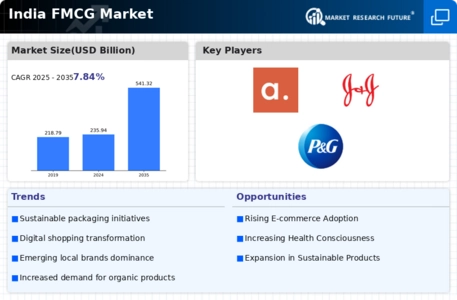
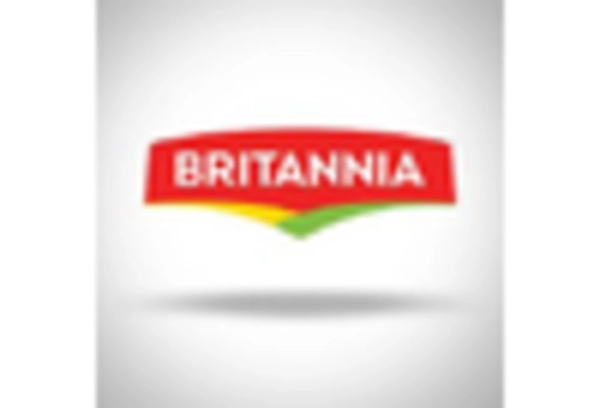
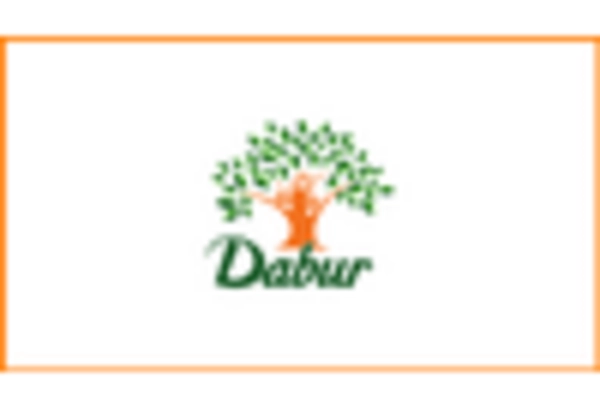
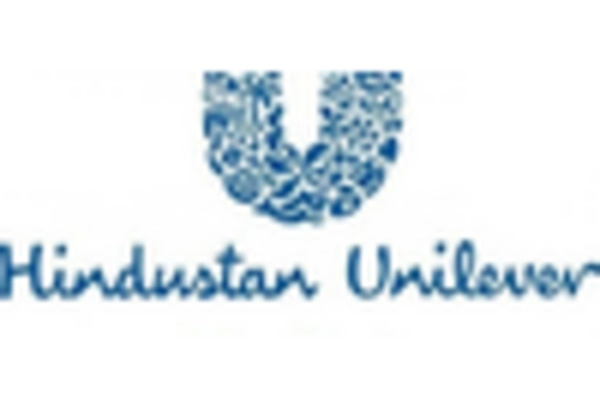
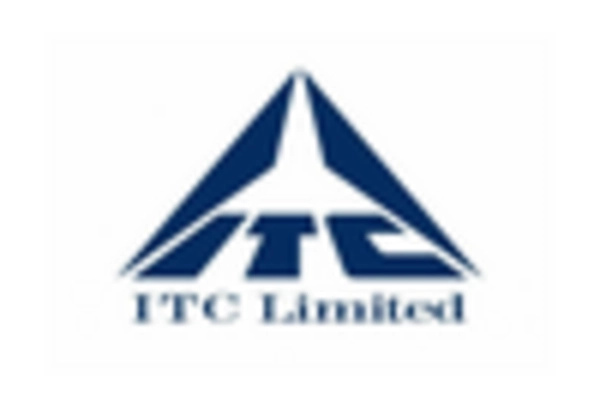
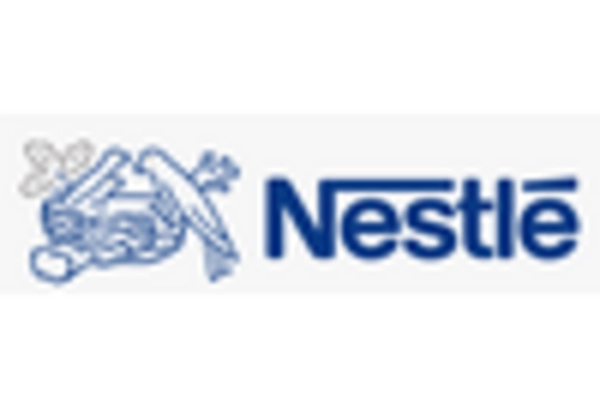
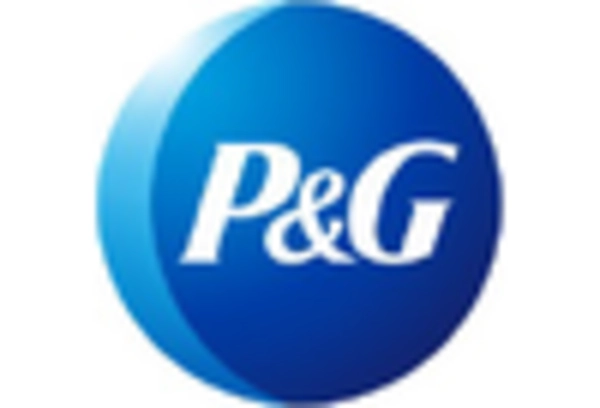

Leave a Comment